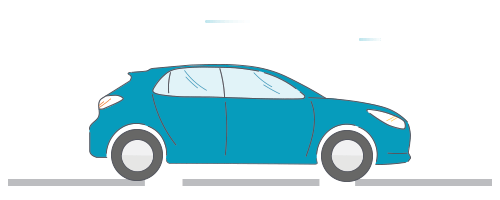Driving laws can be complex and obscure, and this is certainly true on the roads of New Zealand. Sure, most of the driving laws of the country are straight forward enough, there are some everyday things you may not even know are against the law.
Some of these are laws you may be breaking yourself without realising – so be sure to read on to avoid landing yourself a fine!

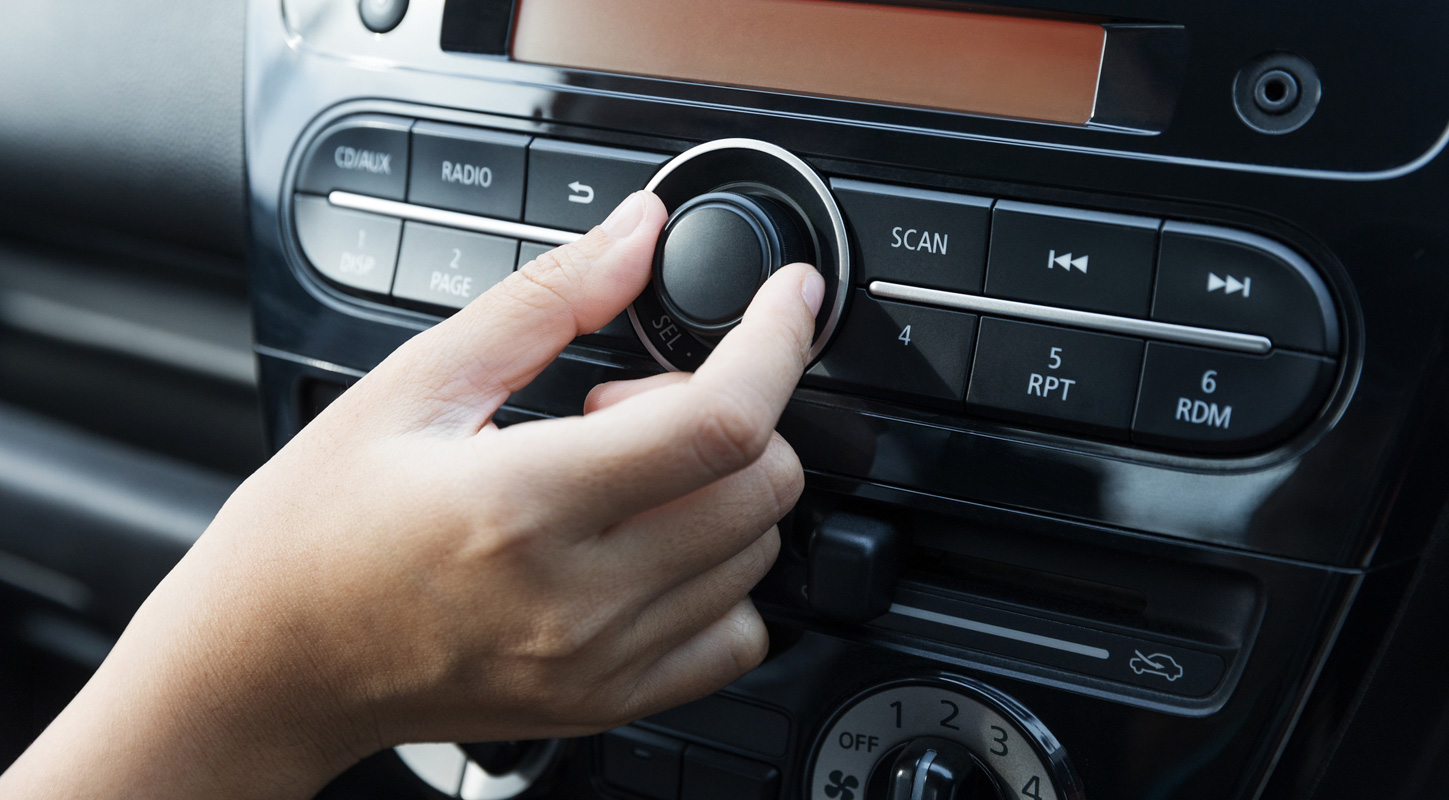
It looks like the police didn’t tell the manufacturers of hi-tech bass boosting sound systems for cars that they aren’t keen on excessive volume!
As a rule of thumb, when driving, you must always be able to detect any and all sensory warning signs. This includes your ability to see potential hazards, but also hearing them!
Strictly speaking, it is illegal to play your music at a volume excessive enough to drown out the sound of your engine, or any external warnings or hazard sounds (such as sirens).
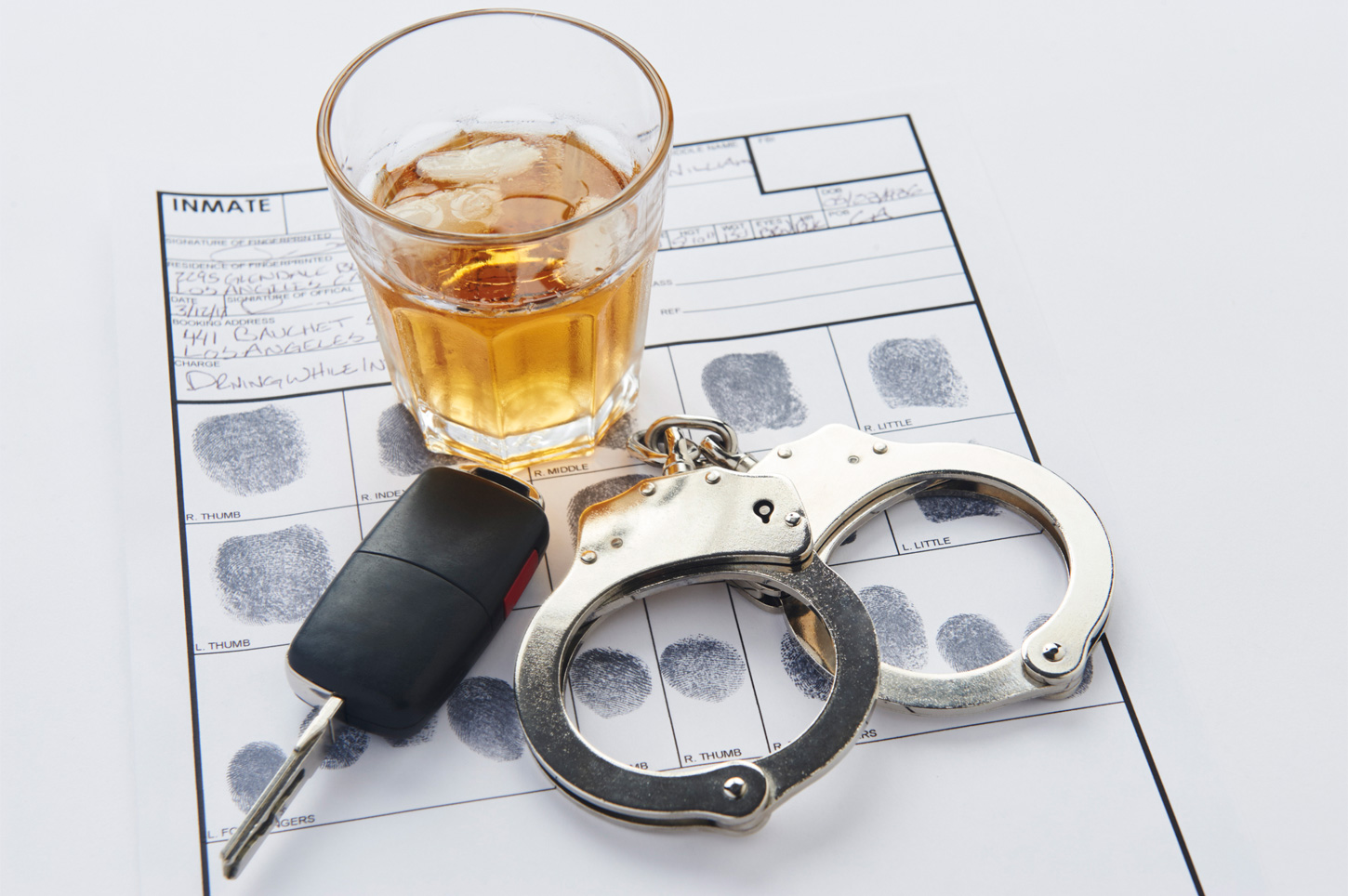
We all know drink driving is illegal, dangerous and never justified. But did you know that the rules may be different depending on your age?
For drivers over 20, there is a breath-alcohol limit of 250 micrograms per litre, or 50 milligrams per 100 millilitres for blood-alcohol. Because of this, it is common practice to drive after a single, low alcohol drink, such as one bottle of light beer.
This does not apply for under-20s, for whom the breath-alcohol and blood-alcohol levels must be zero when behind the wheel.
Under 20s found with any alcohol on their breath or in their blood could face a potential fine of up to $4,500 and up to three months in prison – this depends on the amount of alcohol found.
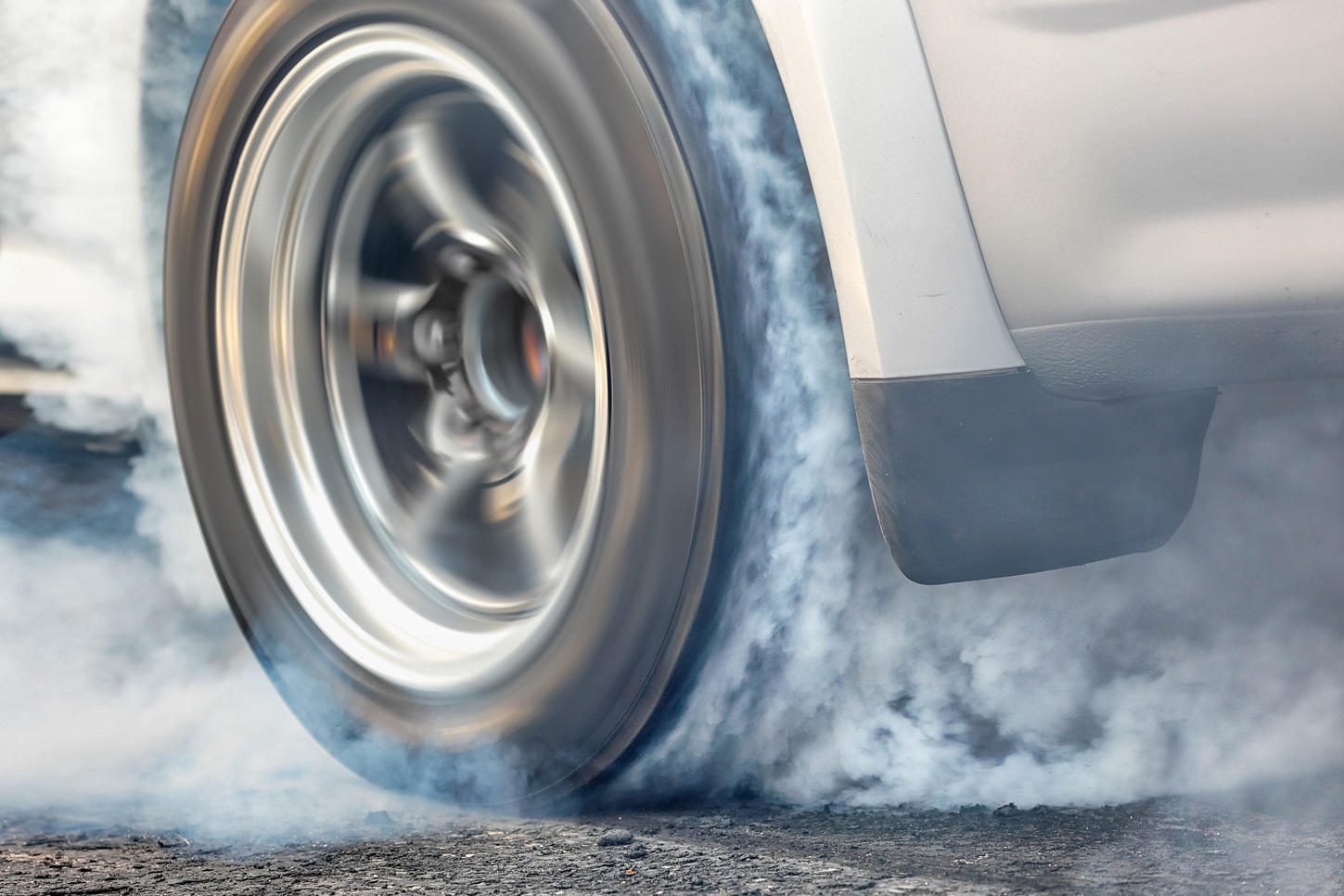
You’ve probably seen this trick performed by movie stars in spectacular car chases, or by motor racing stars putting the pedal to the metal.
Wheel spinning might look cool and be celebrated on the track, but on the road, it is dangerous and definitely illegal. This includes spinning your wheels whilst accelerating in a straight line, in addition to performing ‘donuts’.
These tricks could see you jailed for up to three months or fined $4,500. Wheel-spinning is a sustained loss of traction without reasonable cause – the penalties can be much more severe if death or injury is caused.
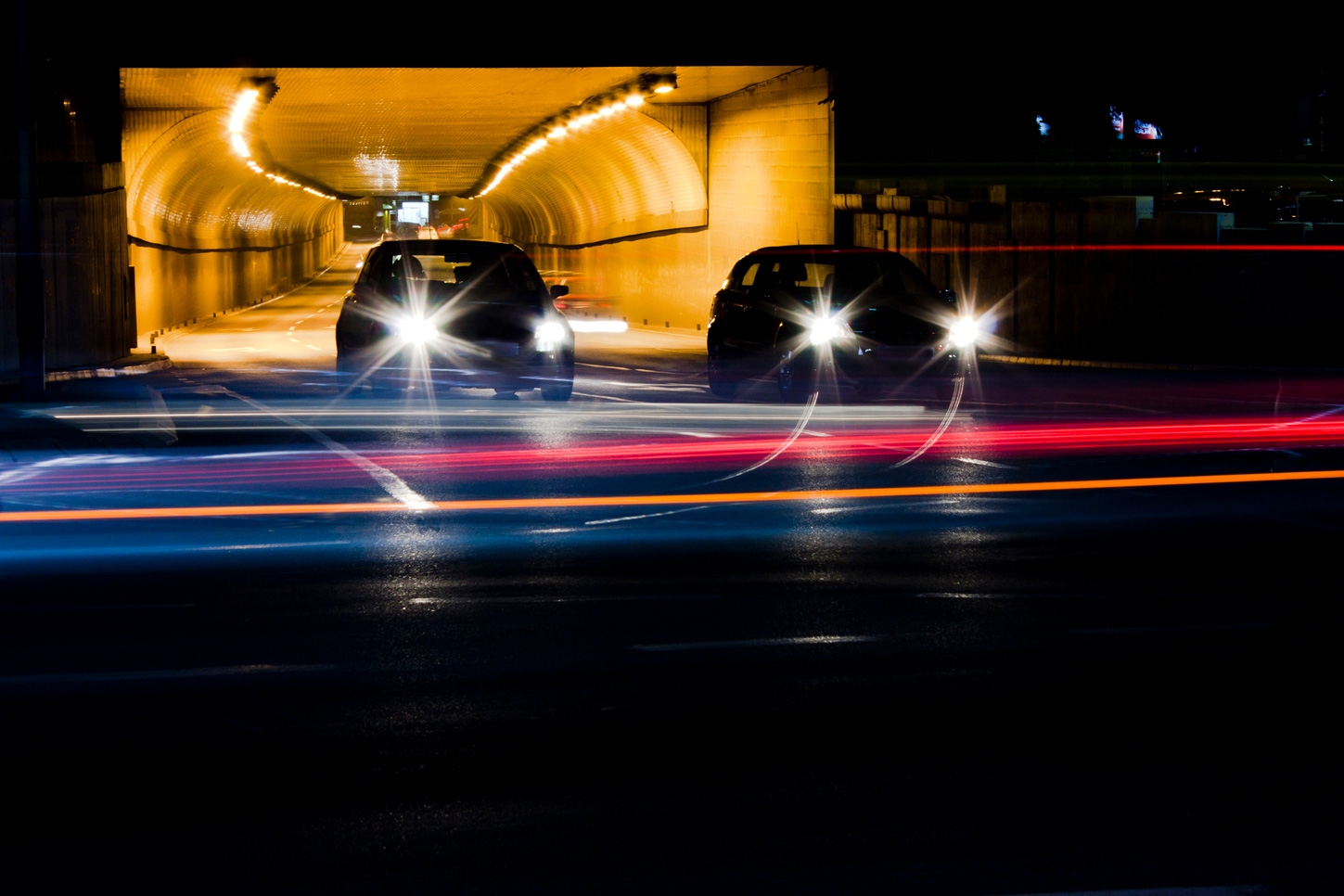
If you’ve just bought a fancy new motor with a great engine that you want to take for a cruise? If you’re not careful, you could be fined up to $1,000 or given a $150 on-the-spot infringement notice.
Cruising might sound like something from a videogame, but in the eyes of the laws, it has a very specific meaning. Cruising is the driving of your vehicle repeatedly along the same roads and in the same direction, with the intention of drawing attention to yourself and your vehicle.
Basically, it means cruising around town in order to show off, and it’s not something the police will take kindly to!
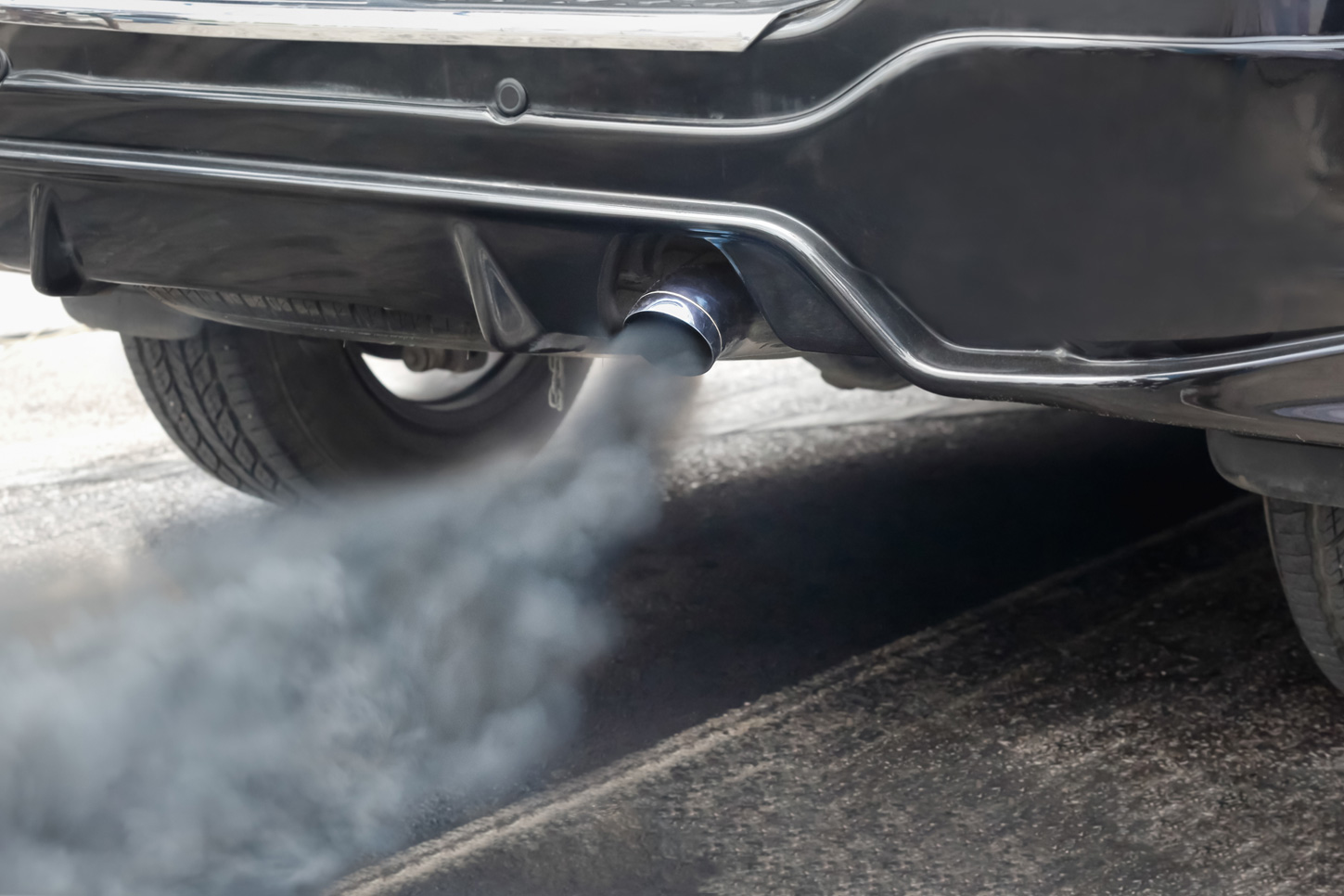
This is a more obscure one. Does your vehicle occasionally cough out a few clouds of smoke or vapour from its exhaust? This can be a sign of all manner of potential problems for your car, but at what point does spewing dark fumes from your exhaust become an offence?
The official rule is, in fact, a 10 second one. If your exhaust releases a continuous stream of visible smoke or vapour that lasts for more than 10 seconds, your car is not fit to be on the road, and you may face a fine. This rule excludes condensation and easily visible exhaust fumes you might see on cold days.
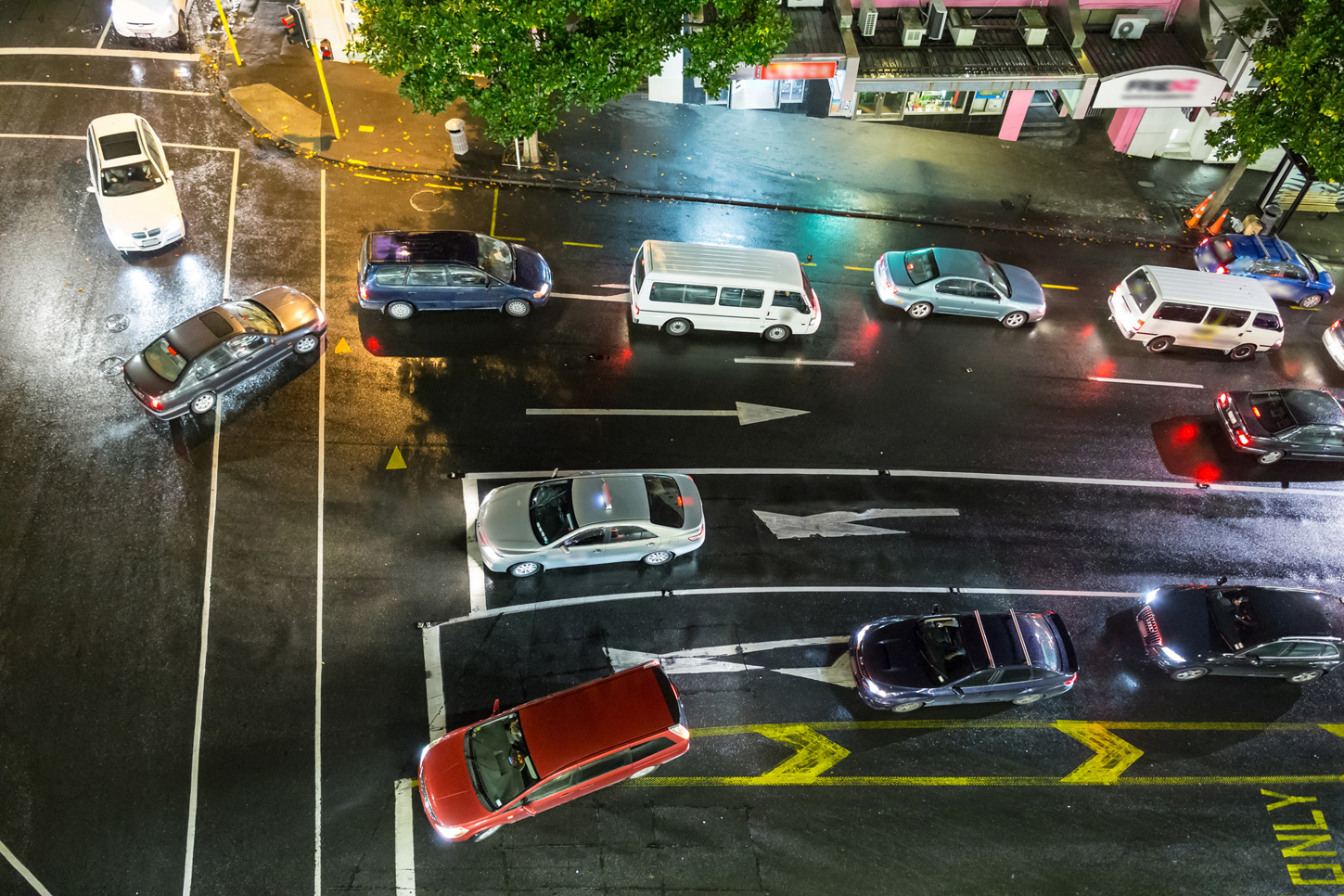
Tailgating is when a car drives too closely behind the one in front while moving. There are a number of reasons why this is a terrible idea – it can be highly unsettling for the driver in front and is also much more likely to cause a collision should the car in front have to slow down or stop suddenly.
The law in New Zealand states that, between 40km/h and 50km/h, you must have at least 16 metres of space between your vehicle and the one in front. If you are travelling 90km/h or quicker, this distance must be 36 metres.
Never underestimate the stopping distance required when moving at speed and be sure to allow even more distance when there is surface water. Tailgating is classified as careless or dangerous driving, and may land you with a fine of up to $4,500.
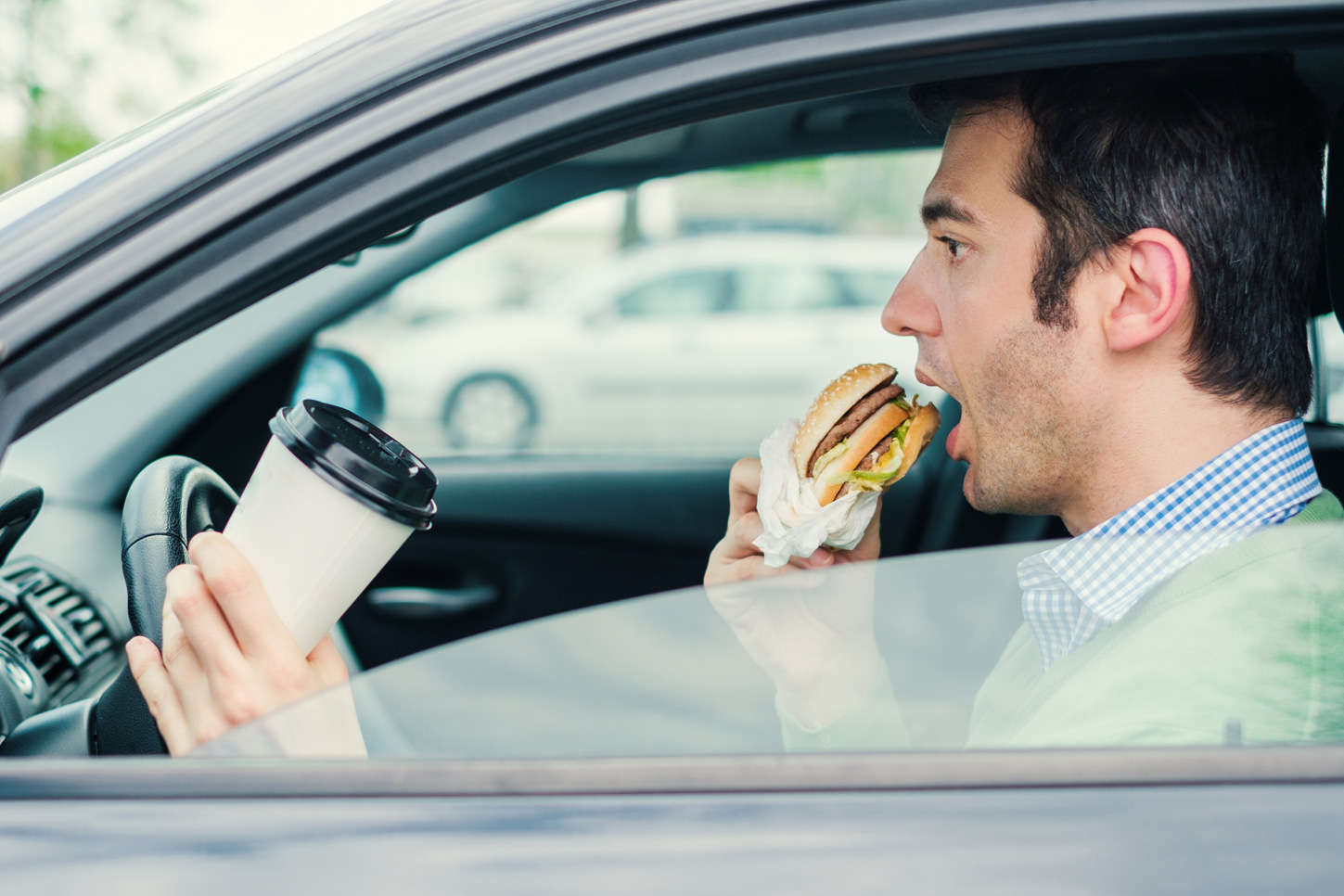
It is not currently illegal to eat or drink behind the wheel in New Zealand – many commuters take the opportunity of sitting in traffic to have a late breakfast or coffee on the go. Despite being legal in the eyes of the law right now, snacking or drinking behind the wheel can still land you in trouble.
Eating or drinking while driving is considered a potential distraction. In fact, takeout coffee is often considered as big a distraction as using a cellphone behind the wheel. Phone use is widely condemned in the modern driving community – we could see food and drink follow suit.
If you get into an incident while eating or drinking behind the wheel, the authorities will consider the role this distraction had in the incident, and you may find yourself facing a careless or dangerous driving charge, which can result in a hefty penalty.

How much is too much when driving with luggage? Roof storage is one of the most popular methods of carrying luggage that cannot fit inside your vehicle. With some creative stacking and fixing, you may be able to carry more than you think on your journey, but there is a legal limit!
There are very specific limits to what you can load onto your car – punishable by a $600 infringement notice and a fine of up to $2,000.
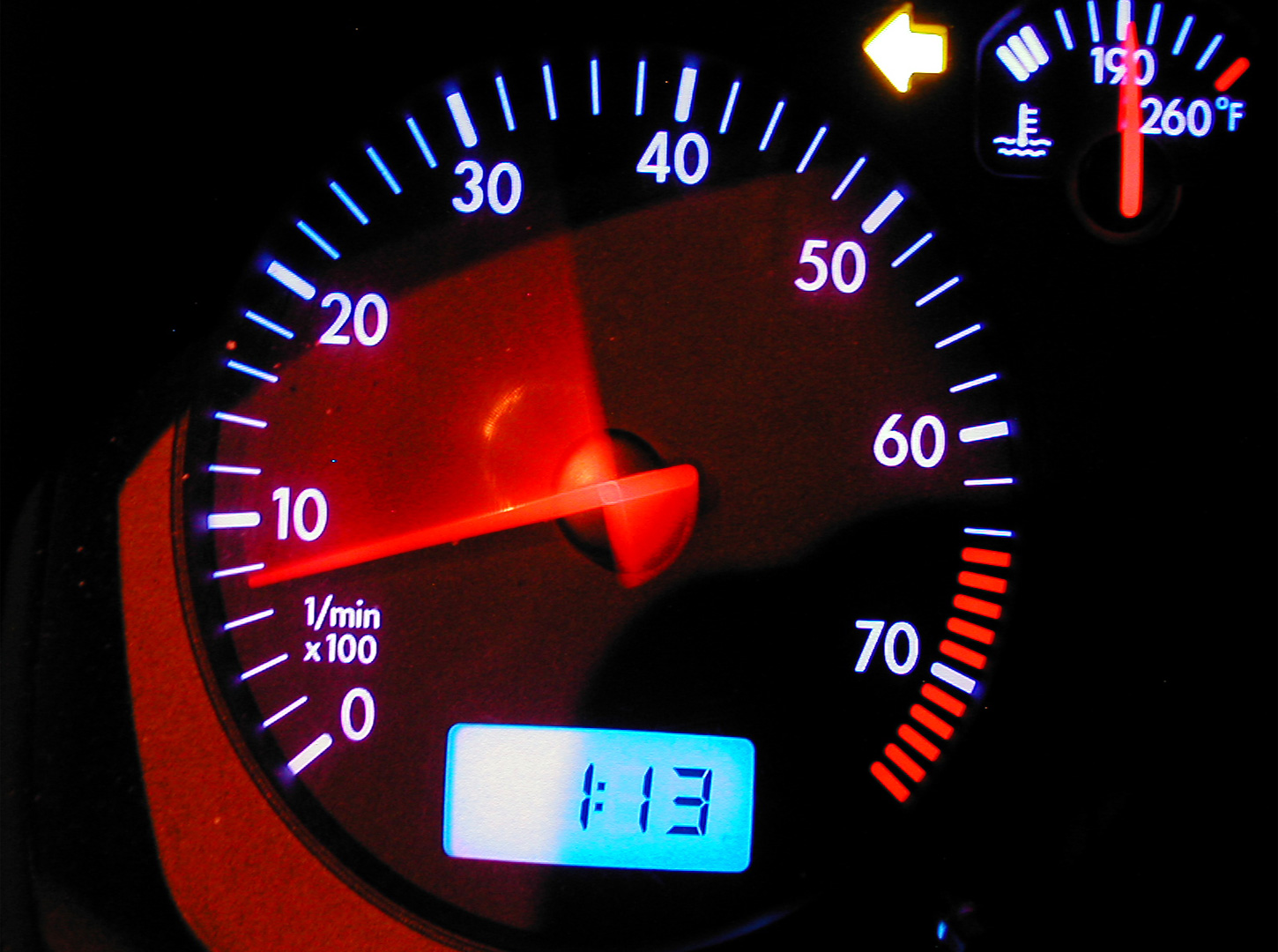
For car enthusiasts, there may not be any sound more satisfying than the revving of a powerful engine. Unfortunately, the police will not share this enthusiasm for engine noise, and you might find yourself having an awkward conversation with them if you create excessive volumes.
There is a strict 90-decibel limit for maximum exhaust noise on passenger vehicles registered after 2008. This means if you have an older car with a particularly loud exhaust, you may be breaking the law each time you rev up.
The noise your engine makes can be more damaging than you think. Yes, 90 decibels is considered legal, but this is still excessively loud. For comparison, a jumbo jet take off is 140 decibels.
Did you know hearing damage can occur as a result of any noise above 75 decibels?

Did you know, there are strict rules about when and how you are permitted to use your car’s horn?
All cars are fitted with a horn as a standard; they are mandatory to help you warn drivers or pedestrians of immediate hazards. You might be surprised to know that much of your everyday car horn use could be illegal.
Among the most common uses of a car horn are not actually allowed, including:
The only intended and strictly permitted use of a car horn is to warn another driver or pedestrian of an immediate danger.
You also are not allowed to use your horn, unless in an emergency, between 11pm and 7am in an urban zone.
The driving laws in New Zealand can seem complicated at times; however, it is important that drivers pay as much attention and gain as much understanding as they can.
A better understanding of the laws of the road, even the more obscure ones, will help make you a safer driver – which will benefit yourself and others on the road. It might save you money in fines too. We hope you have found this blog useful!
Sources of driving laws information: Driving Tests New Zealand, New Zealand Ministry of Transport, Gov.nz, and aa.co.nz
